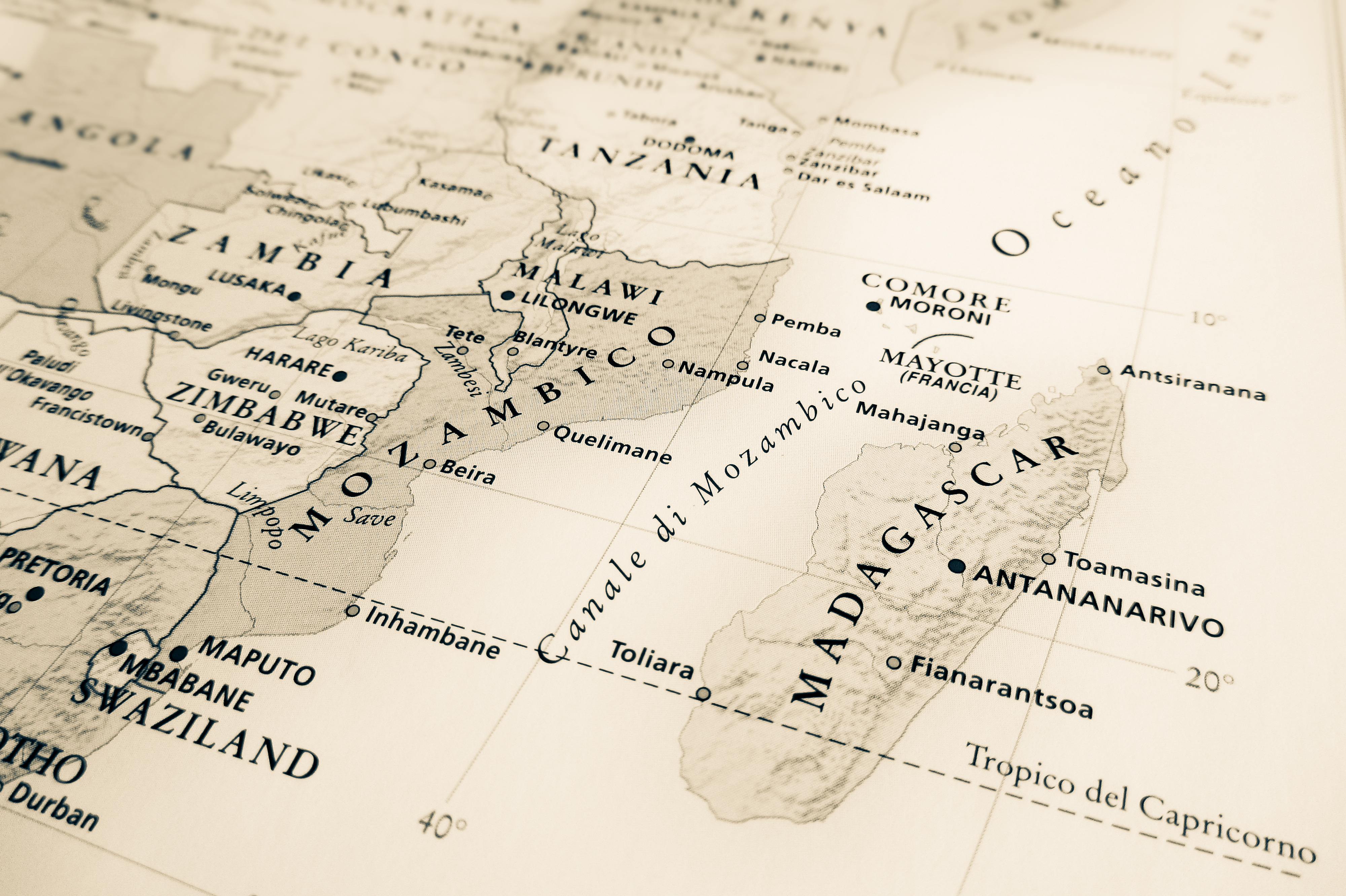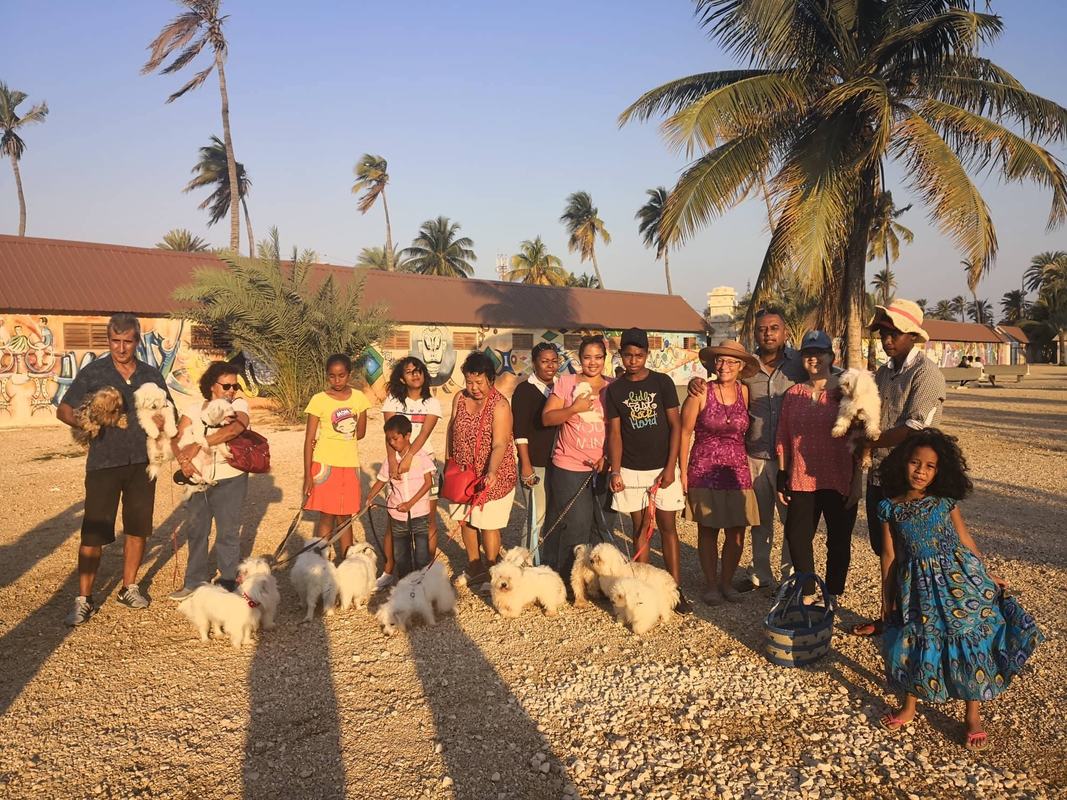Why are there so many Clubs or Registries for the Coton de Tulear?
In order to understand why there are different Coton registries in the United States, you must first understand the history of Madagascar. I’ll keep it brief….Madagascar was under French rule until June, 26, 1960. From 1960 until relatively recent, Madagascar has had it’s share of difficulties both politically, economically and had it’s share of natural disasters. Because of these reasons, the Malagasy people lost their Coton pedigrees. However there are still purebred Coton de Tulear’s in Madagascar and some have FCI pedigrees.

Breed Recognition
The Coton De Tulear is considered a “rare” but fairly young breed, by comparison to other dog breeds. The Coton was first imported to the United States in the 1970’s by researcher, Dr. Jay Russell. Dr. Russell was studying the lemurs in Madagascar and was the first to export Cotons to the USA. His Kennel, Oakshade run by himself and his father, were the first to breed the Coton in the United States. Jay Russell is the founder of the CTCA and has written a Coton standard differing from the European FCI standard. Much of the CTCA breeding stock originates from the original Cotons brought over from Madagascar. Read more about the history of the Coton de Tulear here.
Prior to Dr. Russell, the French were breeding the Coton in Madagascar and exporting to France. The popularity of the Coton de Tulear in Europe increased, and in 1970 Monsieur Louis Petit, President of the Canine Society of Madagascar, submitted a request to the FCI (Fédération Cynologique Internationale) for breed recognition of the Coton de Tulear. The original standard was developed and submitted but later revised in 1987, 1995 and 1999. The last revision is the current standard used today. The Cotons exported to Europe were given the initial TI (Titular Initiale) by their names indicating they were the original Cotons and no further information is known about their ancestry, as pedigrees were not kept.
THE COTON DE TULEAR BREED STANDARDS
Today in the United States there are four different breed standards for the Coton de Tulear.
- The Fédération Cynologique Internationale (FCI) standard, commonly known as the “European” breed standard developed in France. The American Coton Club (ACC) recognizes the FCI standard
- The United States of America Coton de Tulear Club (USACTC) is the parent club for the AKC and created the AKC breed standard.
- The United Kennel Club (UKC) standard, which the North American Coton Association (NACA), follows.
- The Coton de Tulear Club of America (CTCA) breed standard was created in 1974 by Dr. Robert Jay Russell, PhD who first introduced the Coton de Tulear to North America. The MCPC follows this standard which was recognized first in the USA.
All of these breed standards have two main differences: color and size.
Fairly recently the Malagasy people have established their official Coton Club (CTMC) and are collaborating with the MCPC. Through this collaboration to genetically sample, their dogs through Embark. The results will assist the Malagasy Coton owners to identify which dogs are purebred and assist with future breeding decisions. You can learn more about this endeavor here.

Remember to follow us on Facebook or Instagram @whitebirchcotons
Recent Comments